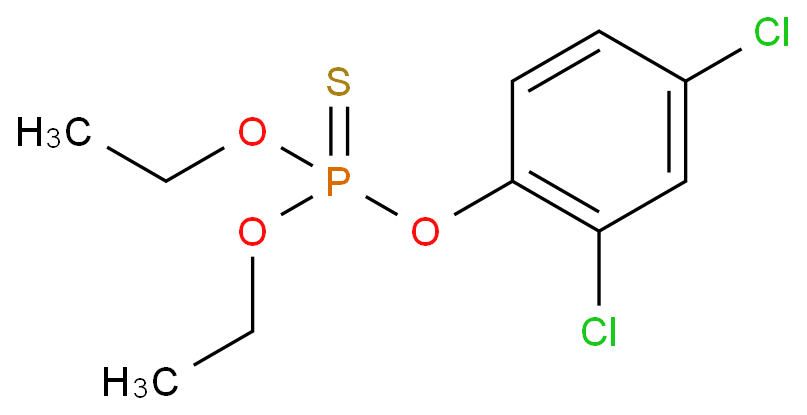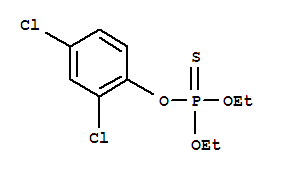
|
Dichlofenthion, with the chemical formula C10H14Cl2O2PS, has the CAS number 97-17-6. It appears as a white crystalline solid with a slight odor. Its basic structure consists of two chlorine atoms, one oxygen atom, one phosphorus atom, one sulfur atom, and ten carbon atoms. This compound is slightly soluble in water. Dichlofenthion may cause irritation to the skin and eyes. It is also harmful if swallowed or inhaled. When exposed to high temperatures, it may emit toxic fumes. It is important to take immediate steps to prevent its spread to the environment. Dichlofenthion can contaminate soil and water if not properly handled and disposed of.
Applicable Fields
Agriculture: Dichlofenthion is commonly used as an insecticide in agriculture. Its purpose in this field is to control a wide range of pests, including aphids, mites, and whiteflies. The mechanism of action involves inhibiting the activity of acetylcholinesterase, an enzyme essential for the proper functioning of the nervous system in insects. By disrupting the nervous system, dichlofenthion effectively kills the targeted pests.
Public Health: Dichlofenthion is also used in public health programs to control disease-carrying insects, such as mosquitoes. Its mechanism of action in this context is similar to its use in agriculture, where it disrupts the nervous system of the insects, leading to their death. This helps reduce the transmission of diseases, such as malaria and dengue fever, which are spread by mosquitoes.
Storage
Conditions: Store in a cool and dry place, away from direct sunlight.

|

|

|

|

|

|

|

|

|

|

|

|

|

|

|

|

|

|

|

|